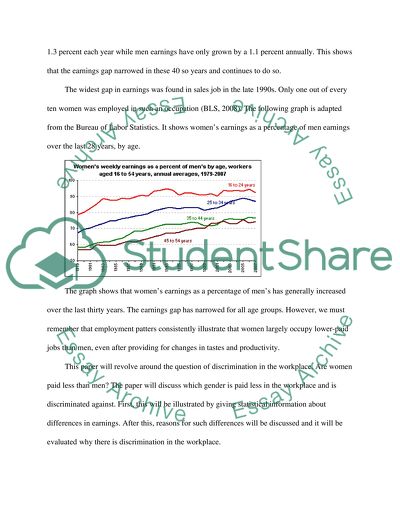Cite this document
(Gender Discrimination in the Workplace - Differences in Earnings Research Paper, n.d.)
Gender Discrimination in the Workplace - Differences in Earnings Research Paper. Retrieved from https://studentshare.org/gender-sexual-studies/1518883-gender-discrimination-in-the-workplacedifferences-in-earnings
Gender Discrimination in the Workplace - Differences in Earnings Research Paper. Retrieved from https://studentshare.org/gender-sexual-studies/1518883-gender-discrimination-in-the-workplacedifferences-in-earnings
(Gender Discrimination in the Workplace - Differences in Earnings Research Paper)
Gender Discrimination in the Workplace - Differences in Earnings Research Paper. https://studentshare.org/gender-sexual-studies/1518883-gender-discrimination-in-the-workplacedifferences-in-earnings.
Gender Discrimination in the Workplace - Differences in Earnings Research Paper. https://studentshare.org/gender-sexual-studies/1518883-gender-discrimination-in-the-workplacedifferences-in-earnings.
“Gender Discrimination in the Workplace - Differences in Earnings Research Paper”, n.d. https://studentshare.org/gender-sexual-studies/1518883-gender-discrimination-in-the-workplacedifferences-in-earnings.


